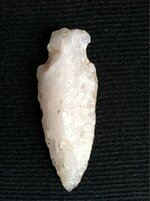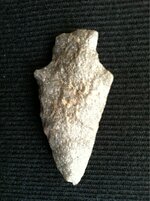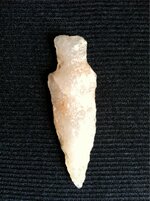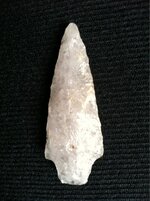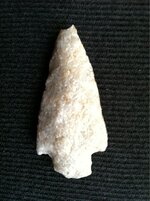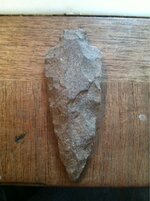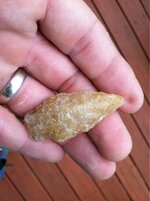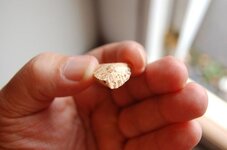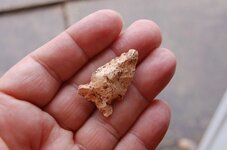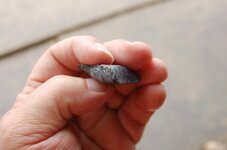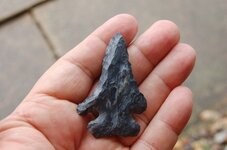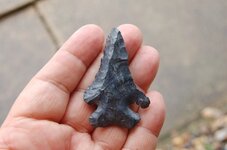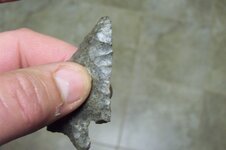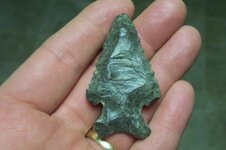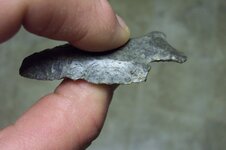Where I hunt we have a lot of eastern stemmed points. Bare island newmanstown poplar island patuxant etc... These points range from 5000 no to about 1500 bc. Most I pick up have normal blade edges on them even with resharping. Every once in a while ill grab one with a beveled edge like yesterday. Am I correct in saying that this style of point would fall in the early years of this type? Also a lot of the points I'm finding have come from water and that makes it harder to tell it they have any grinding due to years of tumbling down stream.
Amazon Forum Fav 👍
Attachments
Upvote
0


